Lessons
Our series are curated collections of lessons that walk through a specific topic from beginning to end. Series are a great way to learn a topic in a structured way.

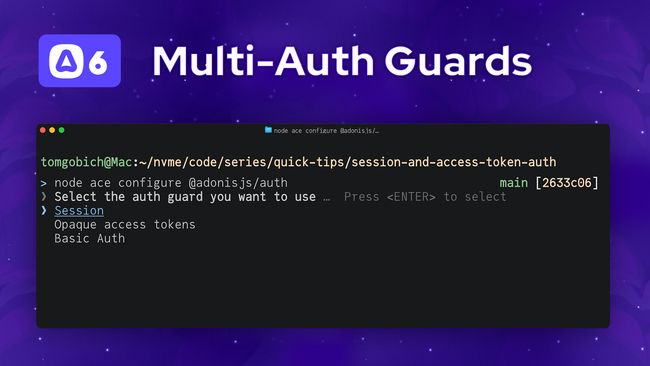

AdonisJS Scenarios #2.0
How To Configure & Use Multiple Authentication Guards
In this lesson, we'll walk through how to set up a new AdonisJS project with both session and opaque access token authentication guards. We'll then walk through a quick authentication demo for each and disable CSRF on our API routes.

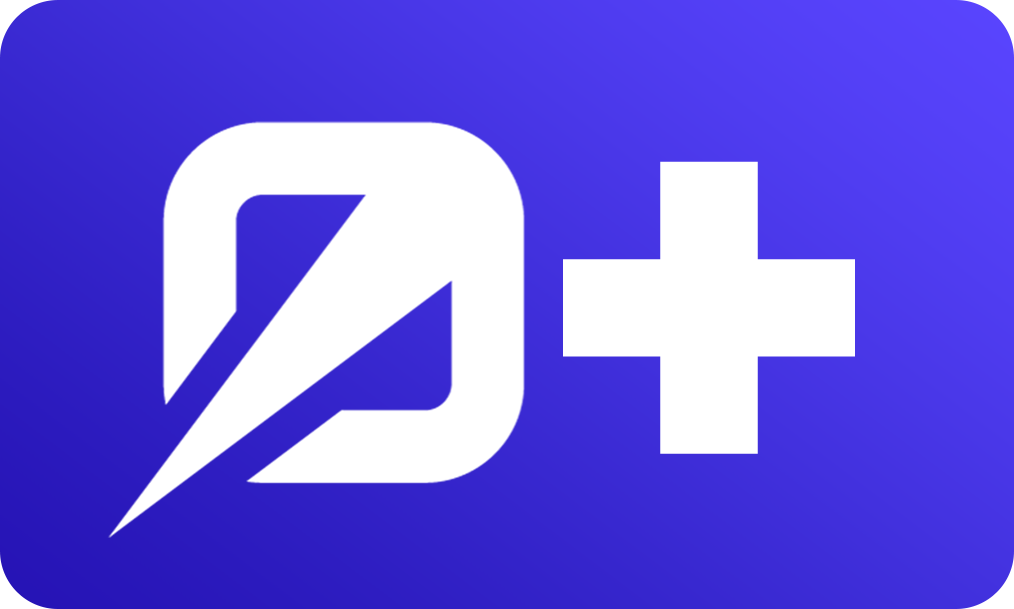
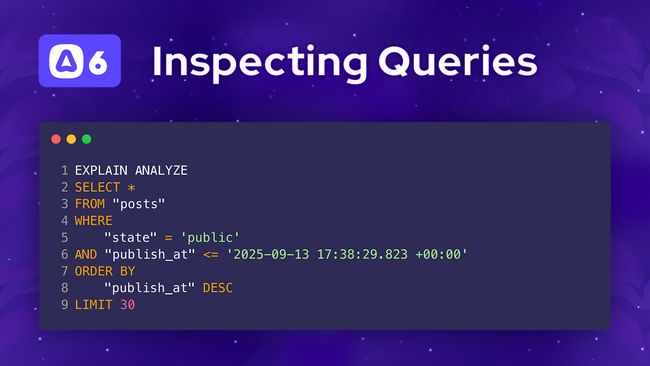

AdonisJS Scenarios #1.0
Inspecting Lucid Queries for Index Analysis
In this lesson, we'll walk through how you can inspect specific or all Lucid queries within your AdonisJS application. We'll then use this to analyze a slow queries execution plan, determine an appropriate index to add, and add that index via a migration.

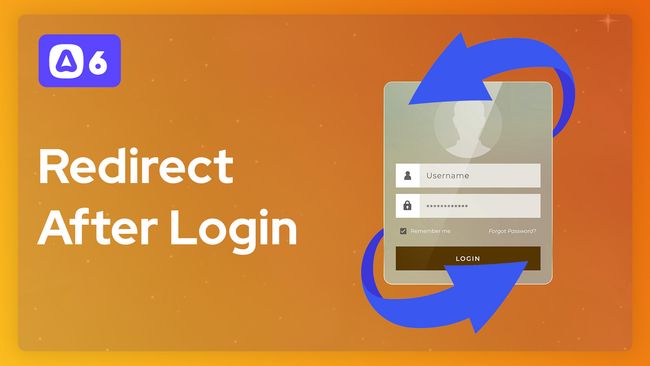

AdonisJS Quick Tip #24.0
How To Redirect Back to the Previous Page After Login with AdonisJS
In this lesson, we'll learn an easy way we can safely redirect our user's back to their original page after they login or register in an AdonisJS application. We'll also verify the URL matches an actual GET route definition within our application.




Rate Limiting an Organization's HTTP Requests
In this lesson, we'll cover how to throttle how often an organization can hit our API using HTTP Rate Limits, which is crucial for preventing spam, limiting content access, and managing server load.


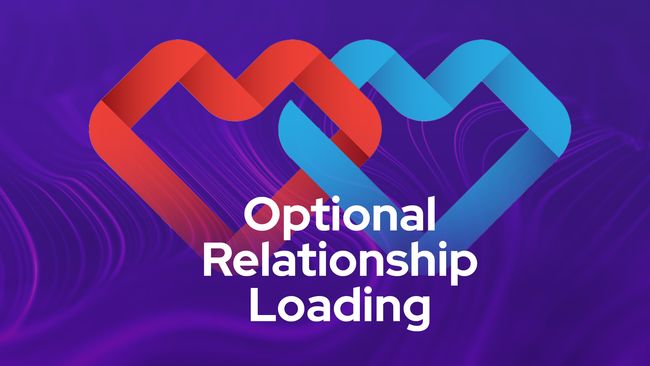

User-Defined Relationship Loading
In this lesson, we'll let our users tell us which relationships they'd like to get back in our lesson search. We'll also discuss how to handle nested relationships and what to watch out for.


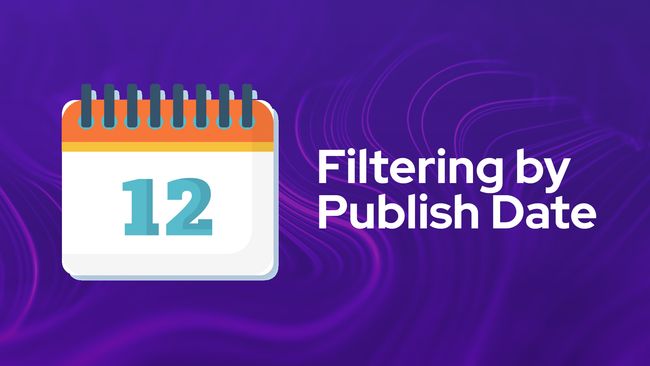

Filtering Lessons by Publication Date
In this lesson, we'll add the ability to search lessons by their publish date and time. We'll utilize before and after properties to allow for filtering that can look forward, backward, or within a specific date range on our lesson's publish at column.


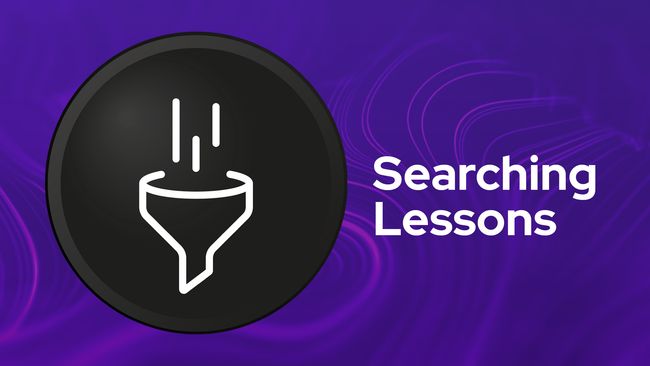

Searching and Filtering Lessons
In this lesson, we'll take the filters we've created thus far and apply them to a new lessons search endpoint. We'll be able to search our lessons by name, status, access level, and module.




Making our Search Course Action Easily Reusable
In this lesson, we'll make our search course filters optional to increase the reusability of our action. We'll then switch our courses index route handler to use this action.


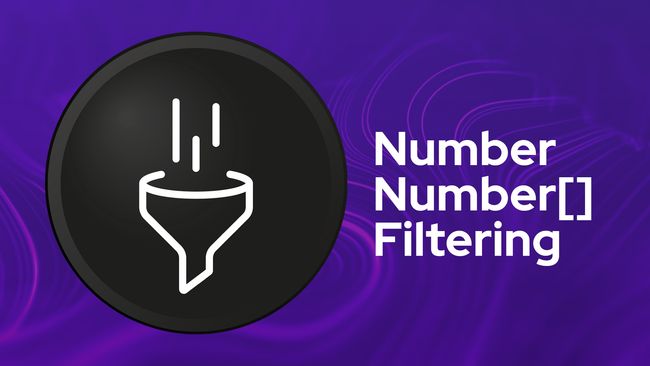

Filtering by a Number or Array of Numbers
In this lesson, we'll implement our number filtering system in which we'll allow our search APIs to accept a single number or an array of numbers to filter the data by. To validate this, we'll use the union rule from VineJS.


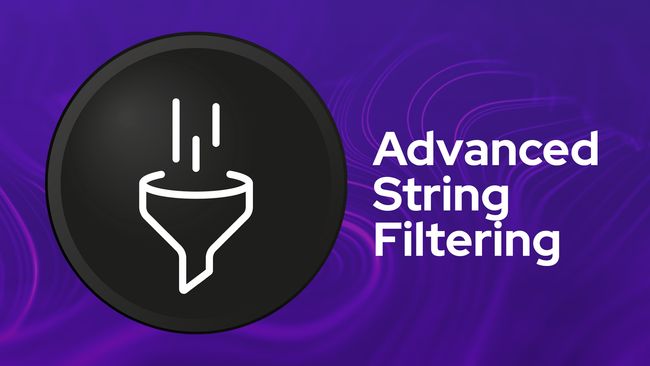

Advanced String Filtering
In this lesson, we upgrade our course name filter to support both simple strings and advanced object-based queries using VineJS’ union rule. This allows users to specify not just what to search for, but how to search for it.


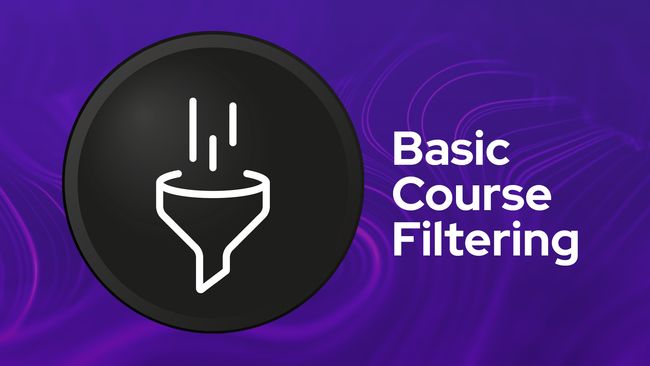

Basic Course Search & Filter
In this lesson, we'll add a new search endpoint for our courses and enable some basic filter functionality along with it. We'll be able to search by course name likeness, status, difficulty, and/or access level.


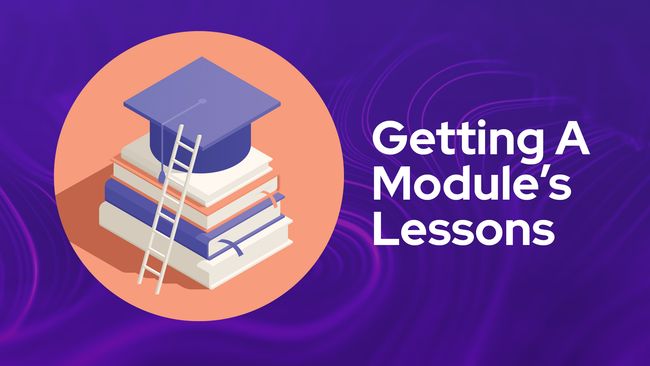

Getting A Module's Lessons
In this lesson, we'll remove our lesson's index method in favor of a module method whose purpose will be to fetch a module's specific lessons in their stored order.




Lesson Operations
In this lesson, we'll implement most of the CRUD functionality for our lessons, including creating, updating, deleting, and patching our lesson's tags. We'll also discuss why we'll treat lessons as a top-level resource.


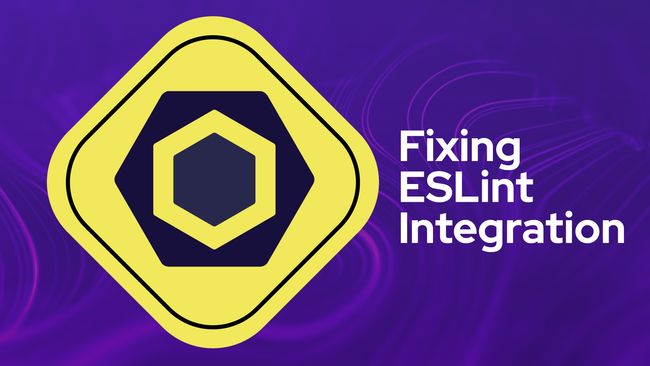

Fixing Our ESLint Integration
I Ran into a ReferenceError and realized our ESLint wasn't working. In this lesson, we'll take a brief aside to fix the linting within our project so it works with ESLint v9


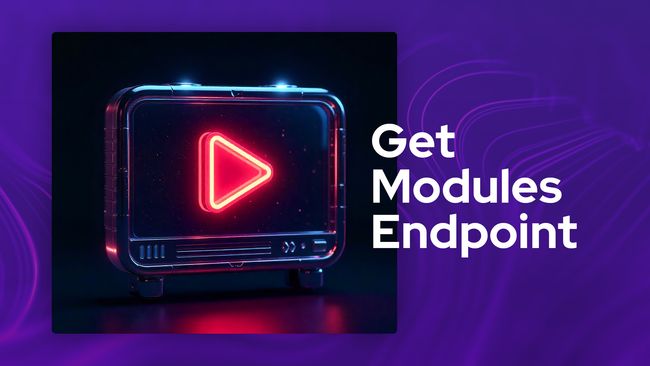

Getting Just Course Modules & Lessons
In this lesson, we'll remove our GET module route, using the except method on our resource. Then we'll refactor to add a GetModules action


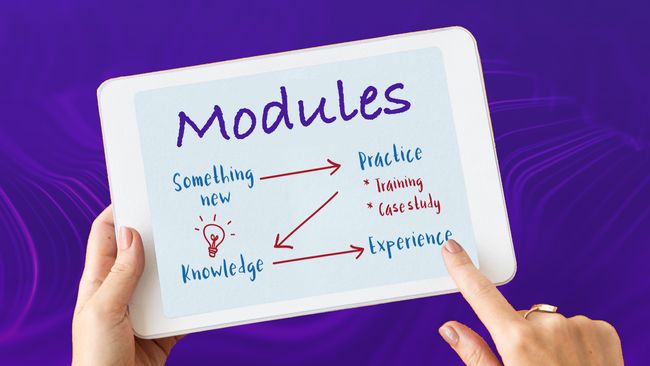

Course Module Nested Resource
In this lesson, we'll work on nested resourceful endpoints for our course modules. We'll add endpoints to create, update, patch, and deleting modules from a specific course.


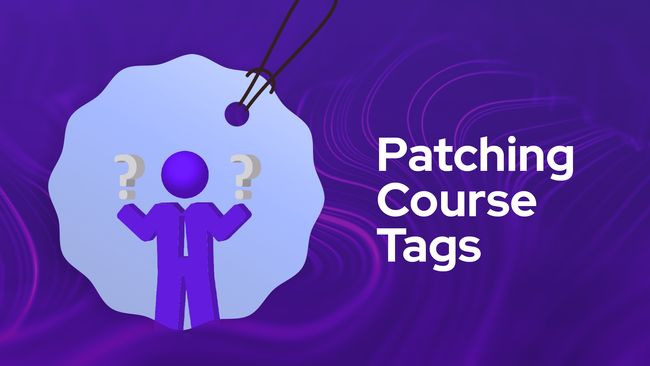

Updating A Course's Difficulty, Status, or Access Level
In this lesson, we'll add a specific endpoint with the ability to patch a course's difficulty, status, or access level with a new value so our users have a way to update these without needing to send the entire course payload.




Getting A Course's Details, Modules, & Lessons
In this lesson, we wrap up the Courses controller by adding a show method that fetches all the key info for a single course. That includes its modules and lessons, all nicely organized and ready to use in your API response.
Showing 37 to 54 of 449 results